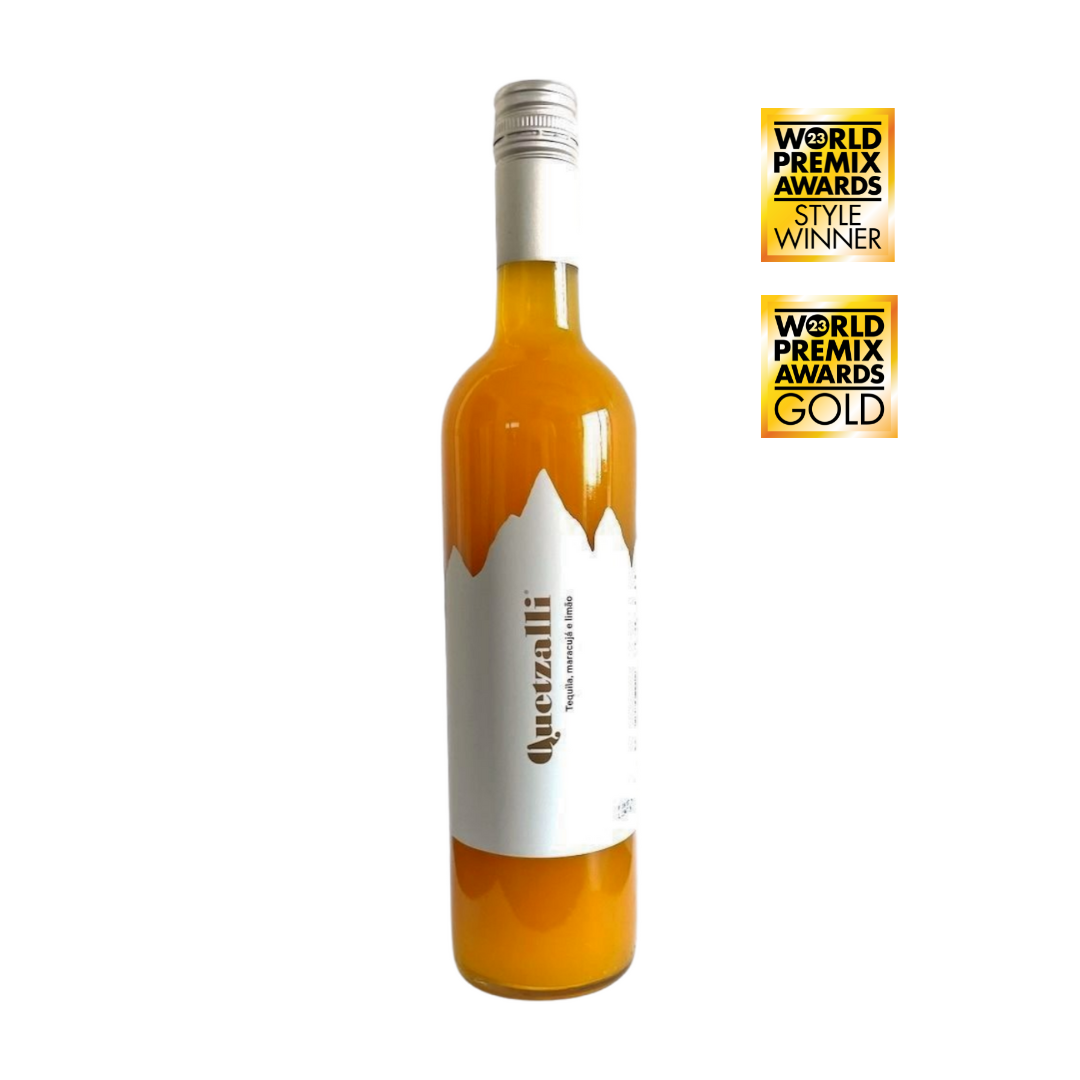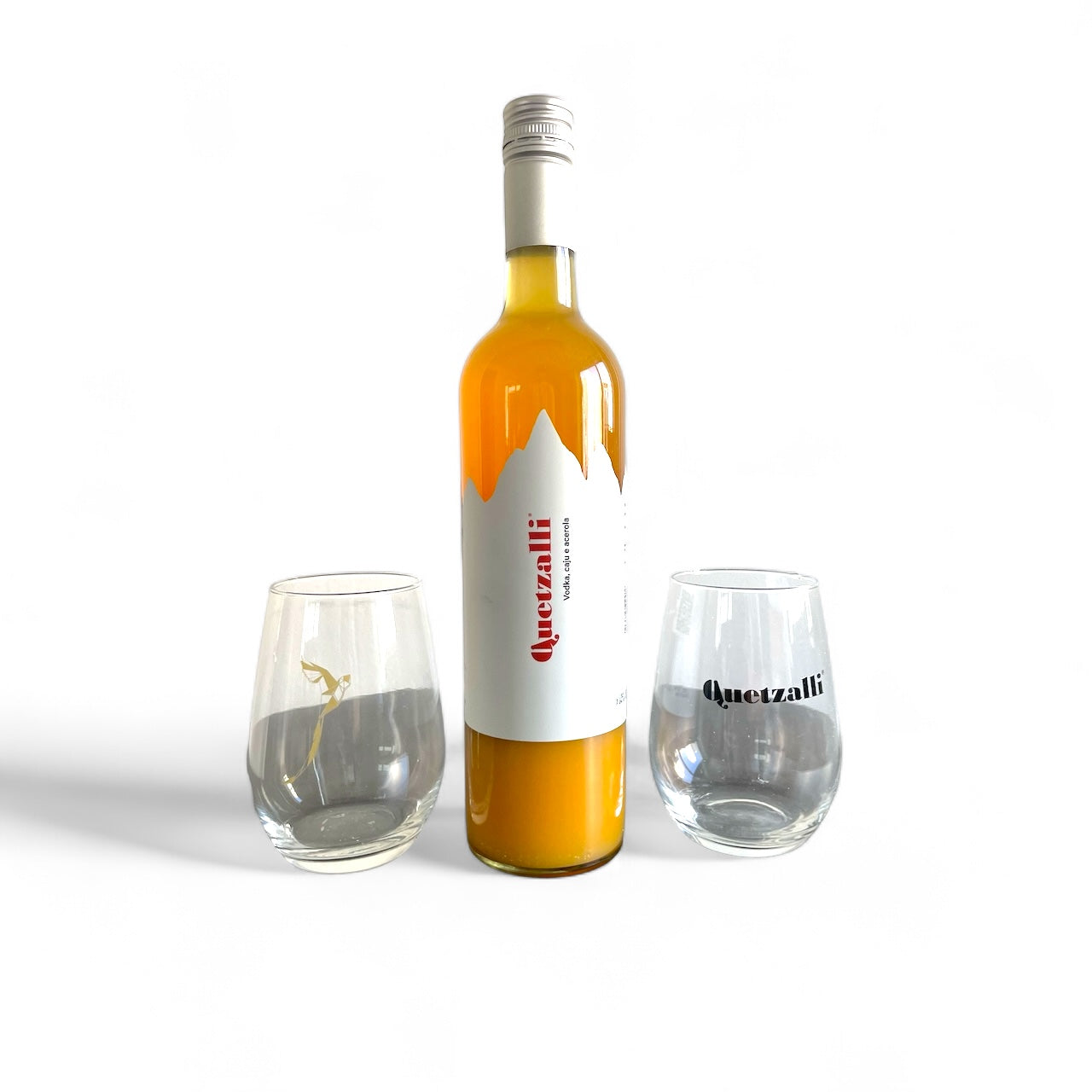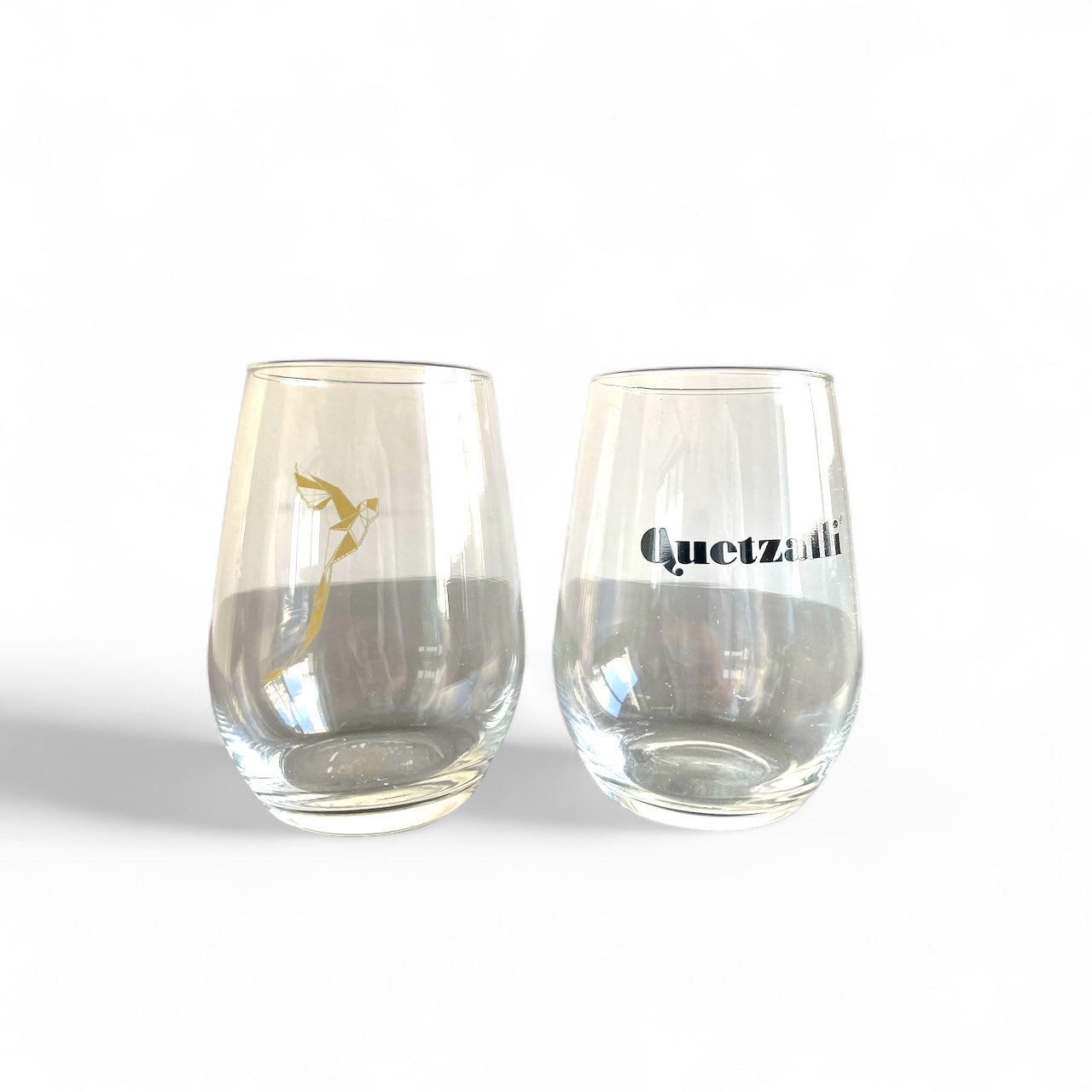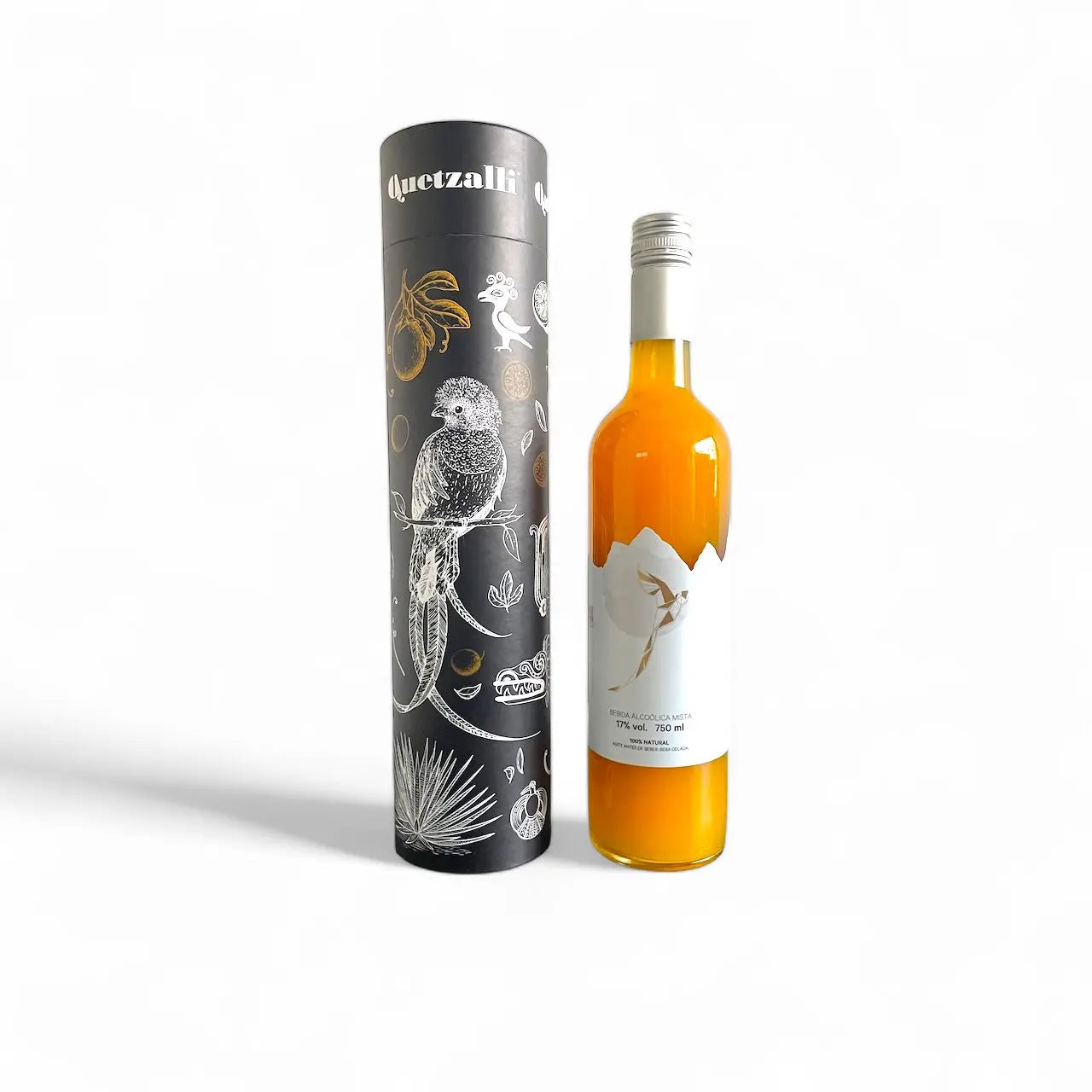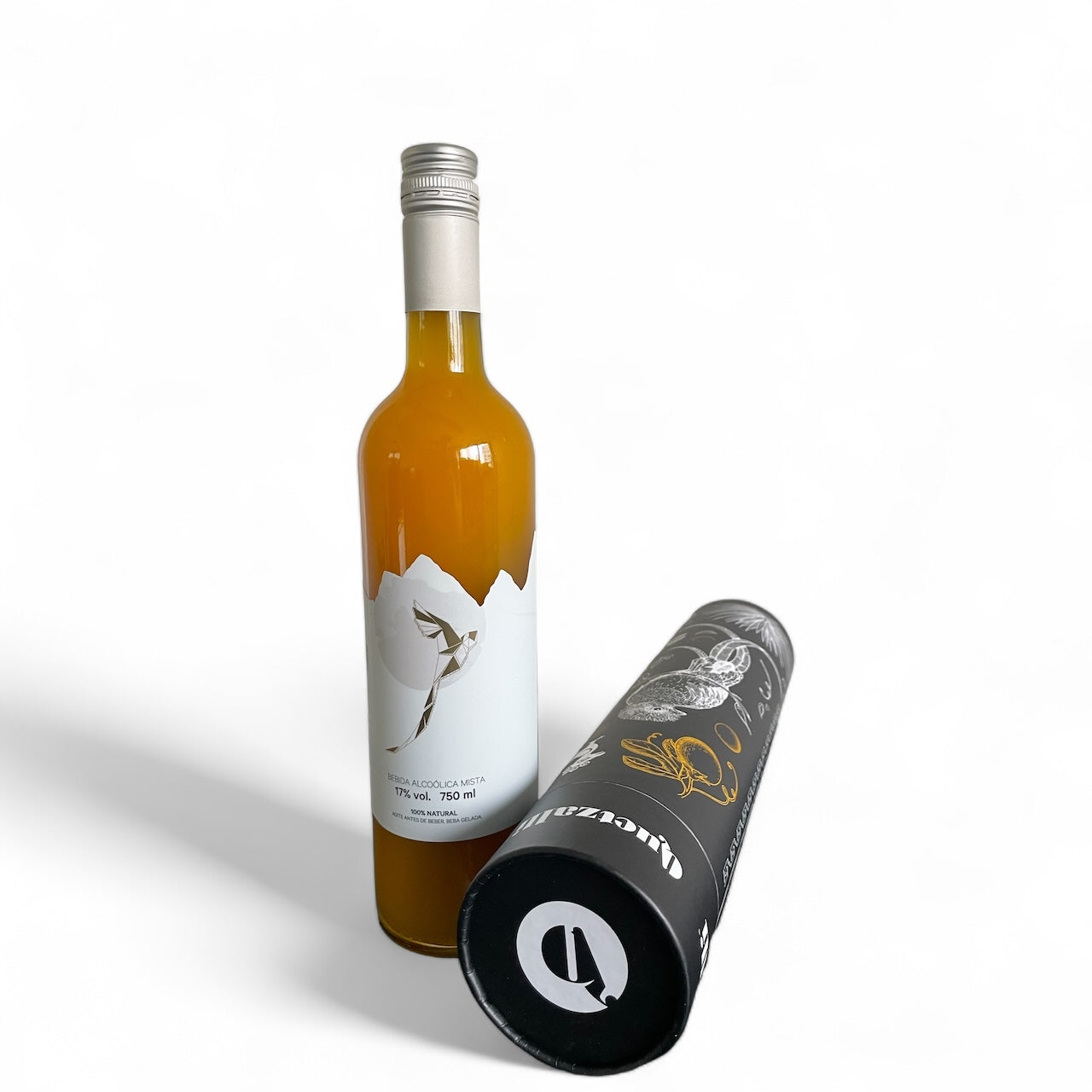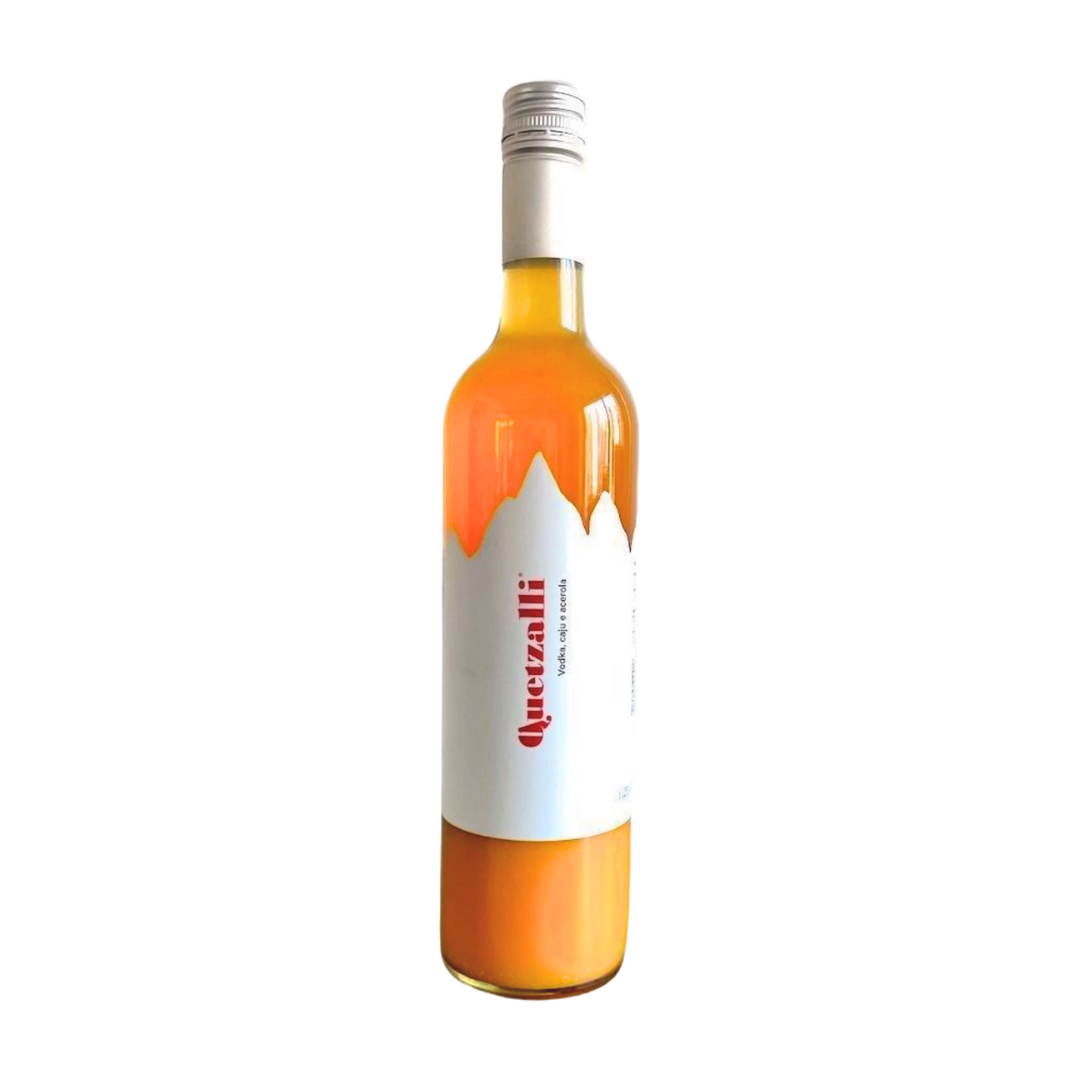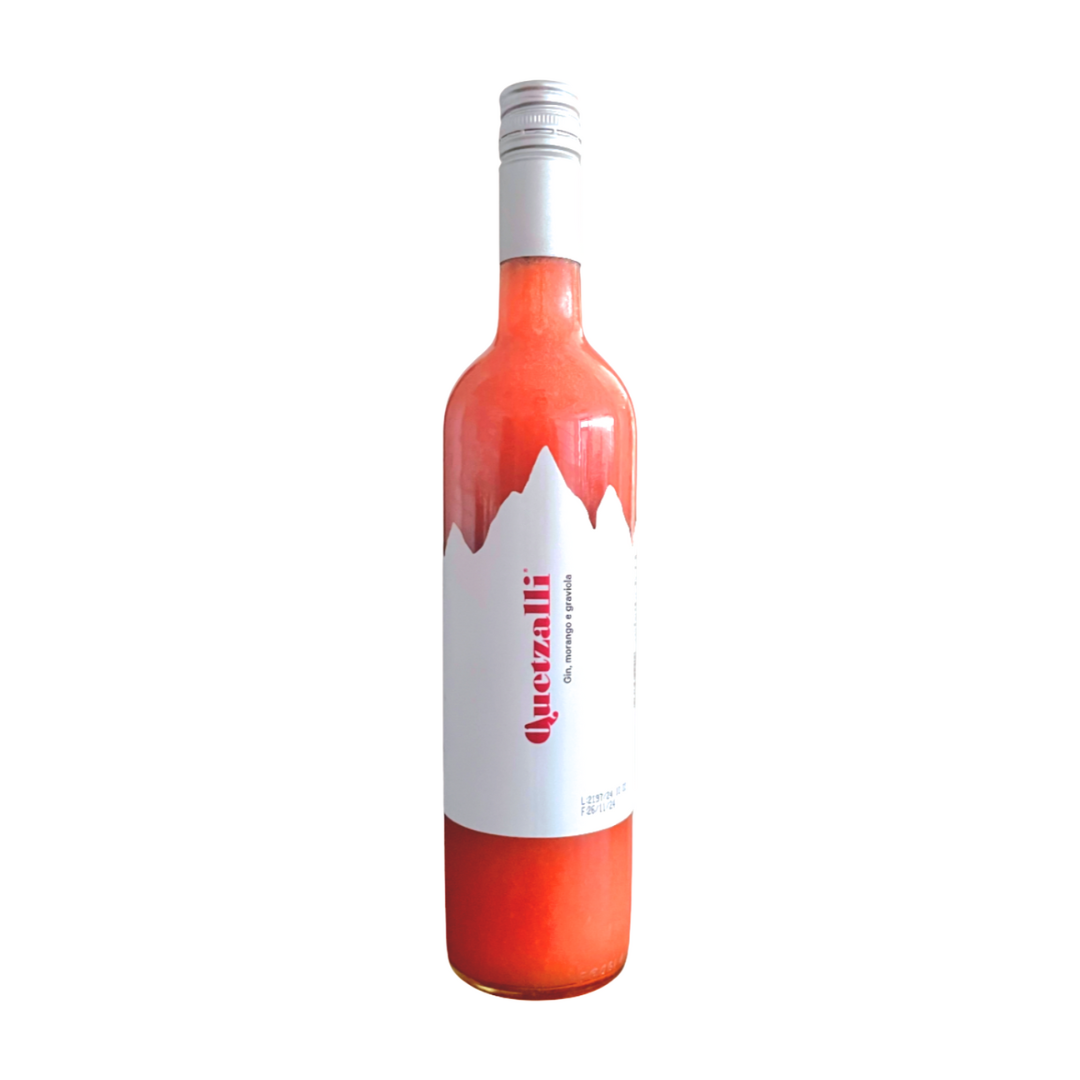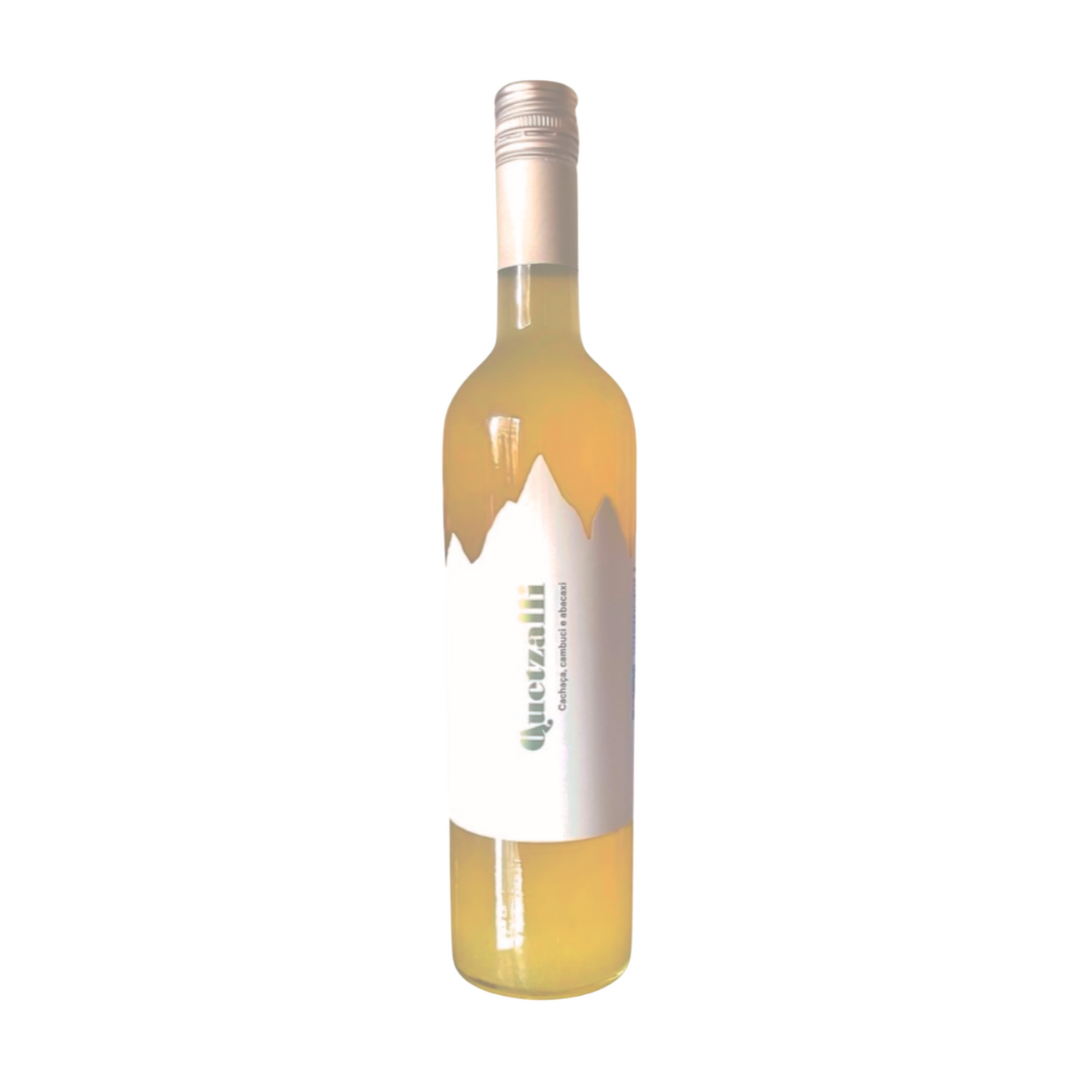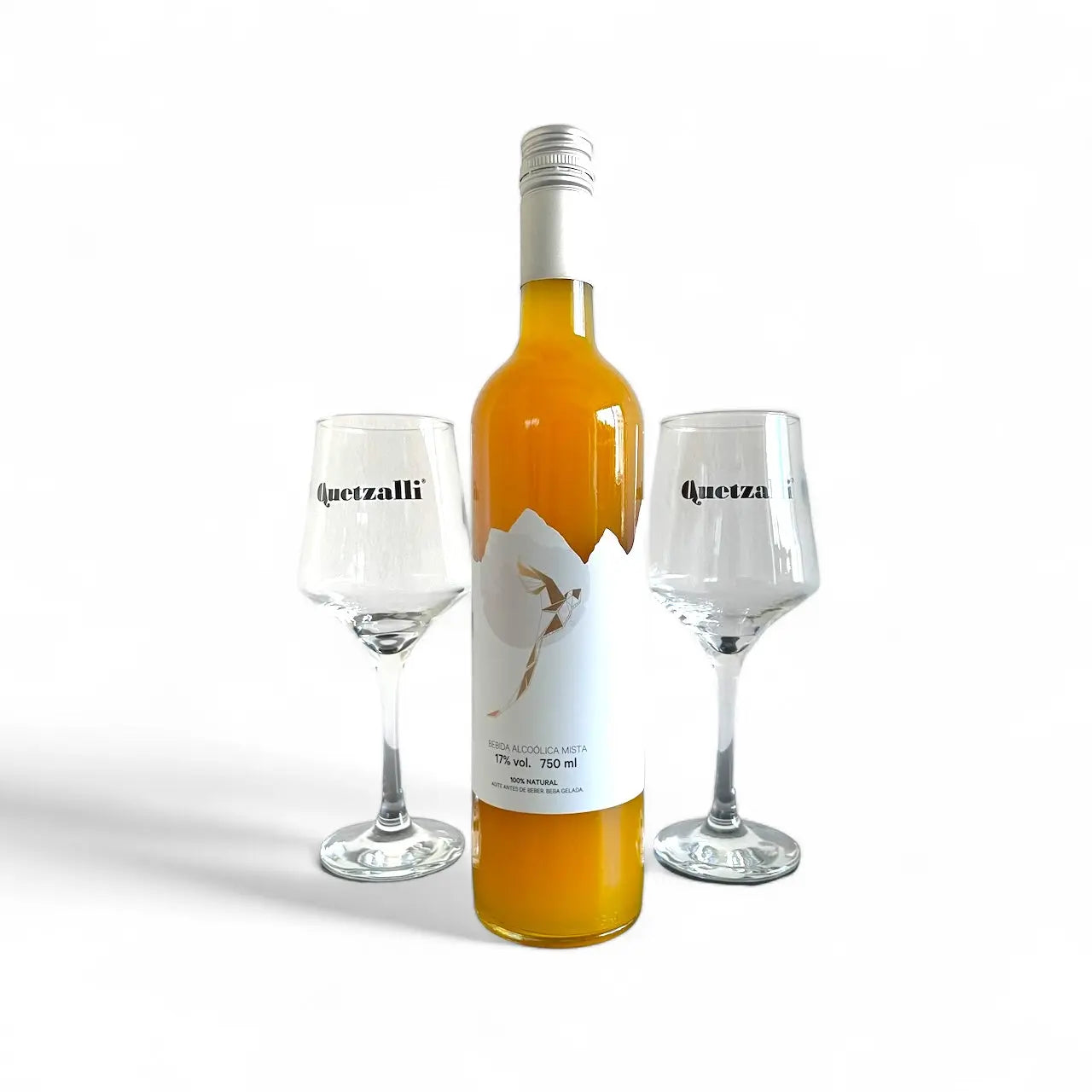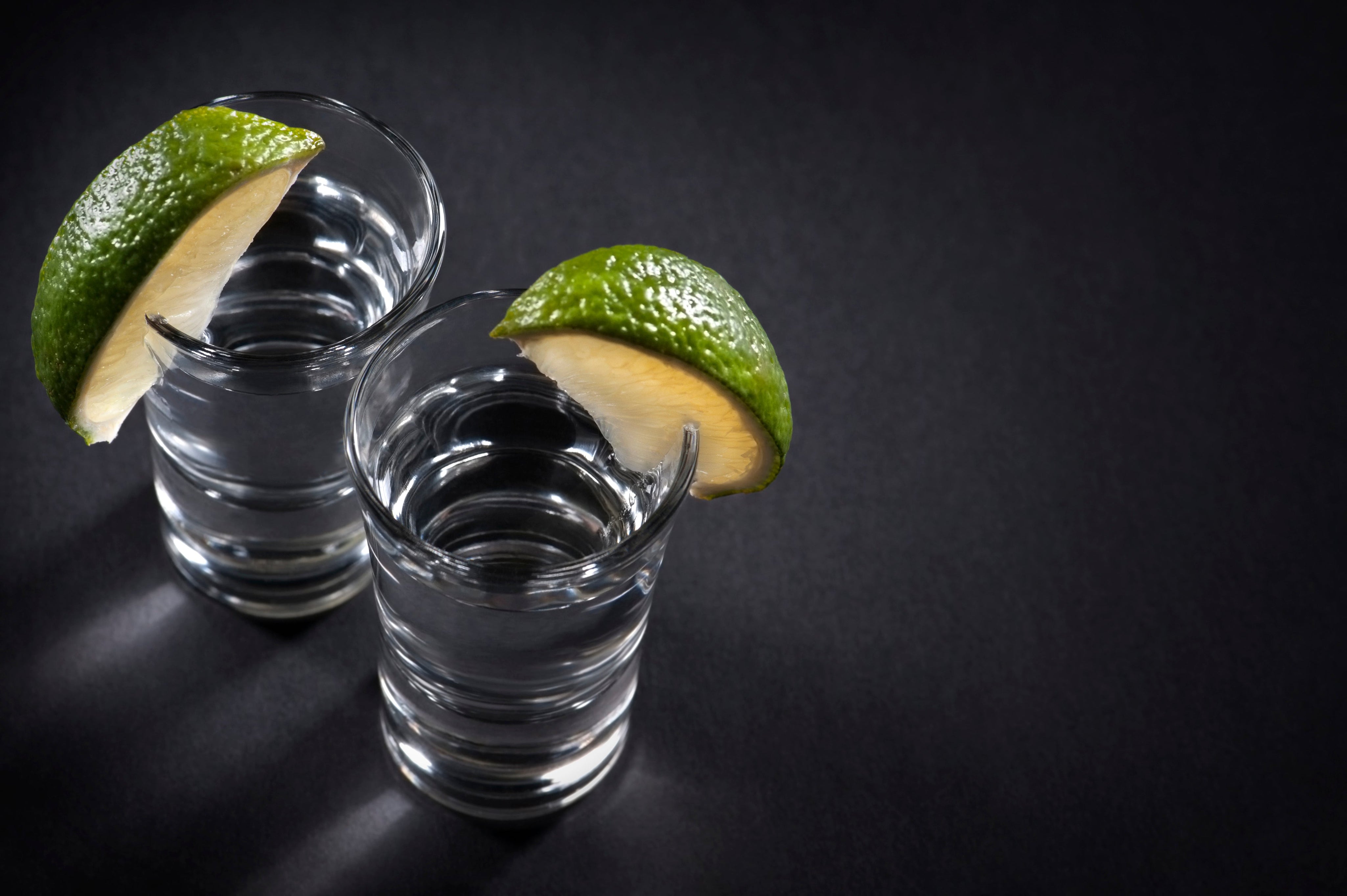Tequila is a serious matter here at Quetzalli. We know that Mexico's most famous spirit is much more than just a simple drink, and we always like to share a little more about its origins, which are integral to Mexican history. Today, we'll take you on a journey to the place where tequila is produced , the Mexican town of "Tequila." So, don't leave without checking out the tequila-related tourist activities in Mexico!
1. What is the origin of Tequila?
The drink is produced from Agave tequilana Weber, a plant species also known as blue agave. Each agave, which can weigh around 40 kilograms, takes 7 to 10 years to mature and can yield up to 10 liters of tequila. Well, the idea that it's made from cactus is a big myth about tequila .
The agave plantation finds perfect climate and soil conditions in a small Mexican town called Tequila, which doesn't drink it. 67 kilometers from Guadalajara, the city is covered in blue agave fields, where the jimadores ' work begins very early.
Tequila factories operate daily, and many are open to visitors. You can even find factories that ferment tequila raw materials in the same way the Spanish began in the 16th and 17th centuries. In addition to factory tours, Tequila also offers restaurants serving traditional Mexican dishes.
2. What are the main tourist activities involving tequila in Mexico?
If you're planning your next international trip, consider visiting Tequila, Mexico, and experiencing the region's top tourist attractions. The city where this spirit, popular among the world's top nightclubs, originates, also boasts some excellent tourist attractions. Want some clues about what you'll find there? Check it out below.
Discover agave fields and distilleries
On guided tours of tequila production sites, you can enjoy a train ride to explore the vast blue agave fields, a landscape that was designated a UNESCO World Heritage Site in 2006, as well as gain a better understanding of how tequila is made . The train journey continues to the distilleries, and along the way, passengers also enjoy cocktail and snack tastings, all accompanied by traditional Mexican music and costumed waiters. On the famous Tequila Tour , the train stops at La Rojeña, the oldest distillery in Latin America, where you can learn about the agave fields, the stages of tequila production, and the stories and curiosities involved in local production. Of course, at the end of the tour, you can enjoy a tasting of the distilled spirit.
Visit the National Tequila Museum

At the Museo del Tequila y el Mezcal (MUTEM) in Mexico City, visitors can enjoy the collection, wander the museum's corridors, and enjoy bottles of tequila. On a guided tour, visitors participate in a session about the history of the drink and its production process. At the end of the guided tour, all participants receive shots of tequila, enjoy the restaurants, tourist shows, and purchase delicacies in the shops to keep as souvenirs back home.
Taste the typical dishes
You can enjoy local restaurants to sample traditional Mexican dishes paired with tequila. Mexican cuisine, a UNESCO World Heritage Site since 2010, is among the most colorful, flavorful, and aromatic in the world.
One of its main characteristics is the combination of elements introduced to the region by Spanish colonizers with pre-Columbian ingredients.
It's a delicious combination that's well-known in the quesadilla , a dish that combines beef and cheese—ingredients introduced by European colonizers—and corn, which represents the traditional pre-Columbian influence. If you're traveling through Mexico and haven't tried a burrito yet, we suggest you head to your nearest restaurant, as it's one of the most common dishes in the country. A burrito is a pancake filled with cheese, meat, beans, tomatoes, chili, and other ingredients. For vegetarians, a good option is the dish called Rajas Poblanas , which consists of strips of poblano pepper mixed with onion, cream, cheese, and corn. Preparation is simple, and the dish is closely associated with Mexico's pre-colonial traditions.
4. How to buy the best Mexican tequila in Brazil?
Before planning a visit to the city of Tequila, you can try the drink without leaving Brazil, as it's easy to find tequila stores online. The hard part is knowing how to tell the difference between good Mexican tequila! See below for some tips on how to buy the best tequila without leaving Brazil.
Discover the types of tequila
It's important to be aware of the type of tequila you're buying, as the flavors can vary significantly. When purchasing tequila in a physical store, it's easier to read the label or simply ask a sales assistant. Online stores require a few details to help you navigate the process yourself. There are basically five types of tequila . They differ according to the amount of time they've been aged in barrels: Blanco, Oro, Reposado, Añejo, and Extra Añejo .

Find out which brands are renowned
To avoid buying just any tequila, prioritize established brands in the spirits market. José Cuervo Reserva de la Família, for example, is an extra añejo with a caramel flavor. If you're looking for a drink with a light citrus touch, we suggest Gran Centenário Leyenda, an añejo with a smooth flavor. Another good example is Patrón, a brand that's quite popular.
Try drinks with tequila in the composition
Besides being consumed neat, tequila is used in a wide variety of drinks, from the strongest to the mildest . You can create great cocktail recipes or simply buy sophisticated beverages that use the ingredient. If you were already planning a big trip, now we have a great suggestion for where to go! We hope you enjoyed learning more about tequila in Mexico, its history, and the main tourist activities in the country. Have you heard of Quetzalli ? The only Brazilian drink to win two World Premix Awards 2020 contains tequila. Learn more about Quetzalli !


